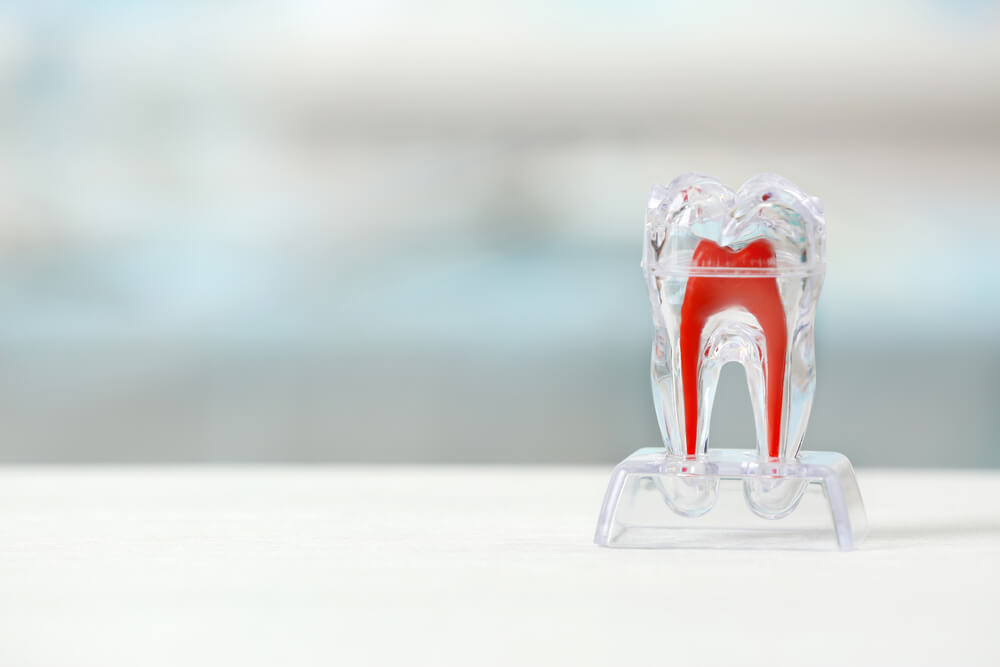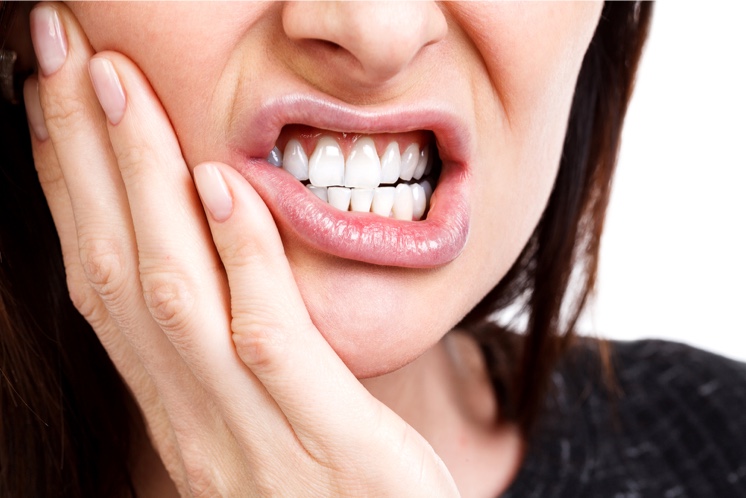Tooth pulp: definition and functions

What is dental pulp
If you are reading this article, you will surely be asking – what is dental pulp? Well, dental pulp is soft tissue located inside the tooth in the pulp cavity, which contains the nerve, the blood vessels and the connective tissue.
Sometimes, it is erroneously known as the “nerve”, although we have seen that this is contained within the tooth pulp.
The pulp cavity extends towards the tooth’s root like the canal or the root duct which opens towards the tissue supporting the teeth, the periodontium. The blood vessels and the nerve enter and exit the tooth through the apical foramen, communicating the pulp and the surrounding tissue. This is clinically important in the spreading of the inflammation from the pulp to the surrounding periodontium.
Functions of dental pulp
Dental pulp has three main functions:
Provides vitality to the tooth
The main function of dental pulp is to provide vitality to the tooth. Its loss following root canal work does not mean that the tooth is lost. Simply the tooth works without pain, but it loses the pulp protection mechanism..
Protective and reparative function of teeth
This protective function responds to stimulation , such as cold, heat, pressure, operating procedures to cut dentine or tooth decay, sending a sign of danger advising that the tooth is suffering pain and inducing the formation of reactive dentine, generating its protection and thereby helping to maintain the tooth’s vitality.
Formation of the teeth
Another of its functions is to begin the formation of the tooth. The pulp interacts with the surrounding tissue in the development, providing nutrients to the tooth until it is fully developed and forms the dentine.
Damage to dental pulp
Pulp complaints can arise for the following reasons:
- Infectious: bacteria responsible for tooth decay
- Physical: changes in temperature or pressure, traumas and in some cases electrical or radioactive causes.
- Chemical: due to intoxication.
The painful inflammation of pulp causes a complaint known as dental pulpitis. The main cause of pulpitis is the presence of tooth decay. If the inflammation is light, it can be reversible, but if it is serious, the pulp may die, and even cause an abscess if it is not treated.
Aside from tooth decay, traumas or bruxism weaken the outside layers of the tooth, leaving the dental pulp exposed.








